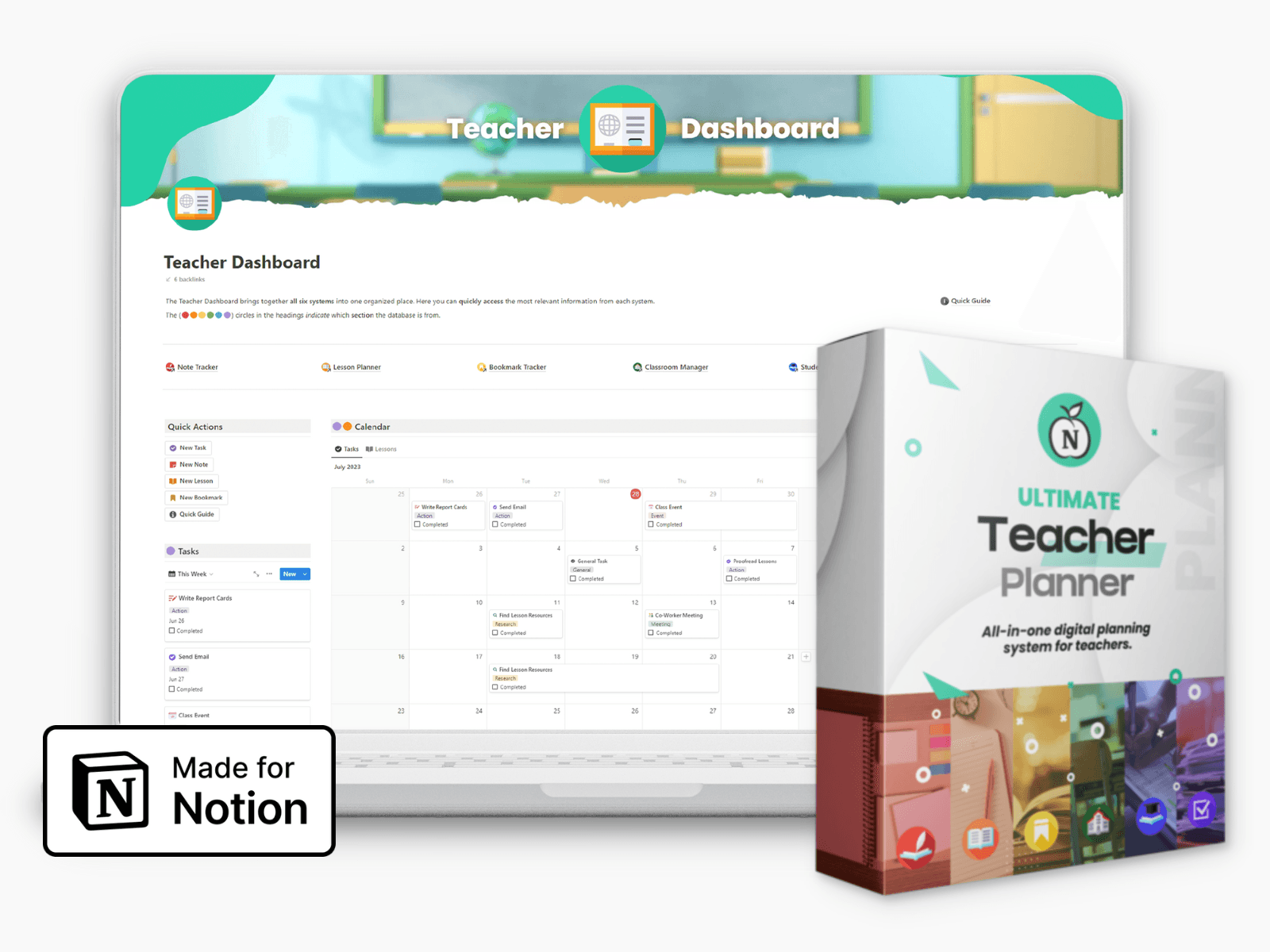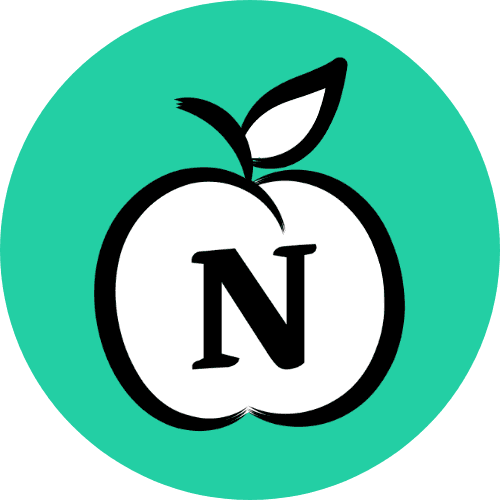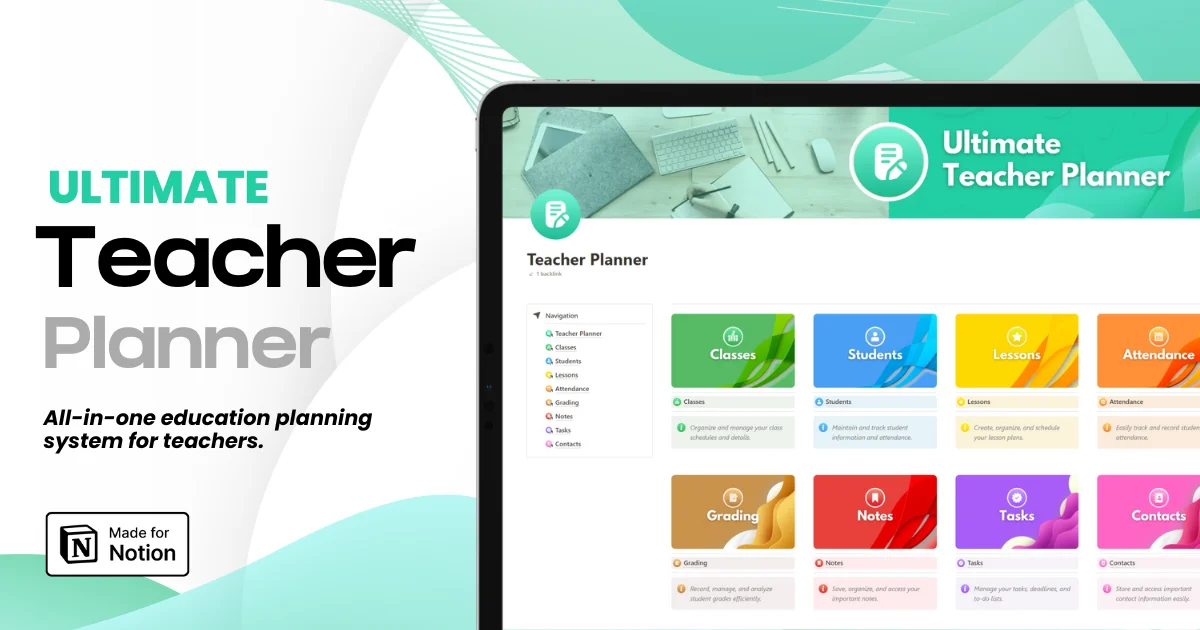

Teaching Methods for Students with Neuromuscular Disorders
Teaching Methods for Students with Neuromuscular Disorders
Teaching Methods for Students with Neuromuscular Disorders

Article by
Milo
ESL Content Coordinator & Educator
ESL Content Coordinator & Educator
All Posts
Ultimate Teacher Planner
The ultimate all-in-one education management system in Notion.
Learn More

Ultimate Teacher Planner
The ultimate all-in-one education management system in Notion.
Learn More

Ultimate Teacher Planner
The ultimate all-in-one education management system in Notion.
Learn More

Inclusive education is not just about placing students with physical challenges in a general classroom. It is about ensuring they have equal opportunities to learn and grow. Students with neuromuscular disorders face issues with muscle strength, movement, and coordination. Some common conditions of neuromuscular disorders are muscular dystrophy, spinal muscular atrophy, and cerebral palsy. Each disorder has its own set of challenges. It is important to create a supportive and inclusive learning environment for these students. As a teacher, you should create strategies and accommodations to help students engage with lessons and reach their full potential.
In this blog, we will understand the needs of students with cerebral palsy and strategies to build an inclusive classroom environment for them.
Accessibility in the Classroom
The first step for students with cerebral palsy is making the classroom accessible. If the classroom is hard to move around, it automatically limits learning. As cerebral palsy is movement disorder, students with this disorder need manual or electric wheelchairs to move around in the classroom or school. Clear and open hallways can help students in wheelchairs move freely.
Education Strategies
Teaching students with cerebral palsy requires flexible methods. It is better to use videos, diagrams, and models to explain concepts clearly. It will help them learn quickly and have a better understanding of new ideas.
Clear and Concise Communication
It is better to talk to a child with cerebral palsy and understand the areas they need extra help. Speak clearly and at a moderate pace to let them assess your point. You need to use simple language and avoid unnecessary slang while talking to student with neuromuscular disorder. In addition to verbal direction, it can help to use visual instructions and hands on demonstrations.
Visual Aids and Supports
You need to utilize visual schedules, picture cards, and other visual aids to help students with cerebral palsy understand routines and expectations. It is better to consider using captioned videos or audio recordings to support learning. You can demonstrate a task, ask a student to demonstrate, or use visual schedules or posters to outline or model a task.
Assistive Technology
To support students with physical or communicational limitations, there are assistive devices available in the market. As a teacher, you can use assistive technology, such as text-to-speech software, communication devices, or adapted keyboards to help your students understand your lesson better.
Promote Independence
As a teacher, it is your duty to encourage students with neuromuscular disorders to participate in activities and complete tasks as independently as possible. You can enhance their confidence by involving students in decision-making processes.
Individualized Approach
You need to recognize that each student with CP has unique needs and abilities. For that, you can collaborate with parents, therapists, and other professionals to develop individualized education plans (IEPs) that address specific learning goals.
Physical Access
Students with cerebral palsy use mobility devices like electric or manual wheelchairs to move around. It is important to ensure the classroom environment is physically accessible. There must be clear pathways and extra space for movement.
Conclusion
Teaching students with neuromuscular disorders requires patience, creativity, and collaboration. You can make a big difference by focusing on accessibility, flexible teaching, and supportive practices. Remember, every student is unique. Some will need more physical support, while others may need technological tools. Stay flexible and be open to learning from the student, their family, and specialists.
Inclusive education is not just about placing students with physical challenges in a general classroom. It is about ensuring they have equal opportunities to learn and grow. Students with neuromuscular disorders face issues with muscle strength, movement, and coordination. Some common conditions of neuromuscular disorders are muscular dystrophy, spinal muscular atrophy, and cerebral palsy. Each disorder has its own set of challenges. It is important to create a supportive and inclusive learning environment for these students. As a teacher, you should create strategies and accommodations to help students engage with lessons and reach their full potential.
In this blog, we will understand the needs of students with cerebral palsy and strategies to build an inclusive classroom environment for them.
Accessibility in the Classroom
The first step for students with cerebral palsy is making the classroom accessible. If the classroom is hard to move around, it automatically limits learning. As cerebral palsy is movement disorder, students with this disorder need manual or electric wheelchairs to move around in the classroom or school. Clear and open hallways can help students in wheelchairs move freely.
Education Strategies
Teaching students with cerebral palsy requires flexible methods. It is better to use videos, diagrams, and models to explain concepts clearly. It will help them learn quickly and have a better understanding of new ideas.
Clear and Concise Communication
It is better to talk to a child with cerebral palsy and understand the areas they need extra help. Speak clearly and at a moderate pace to let them assess your point. You need to use simple language and avoid unnecessary slang while talking to student with neuromuscular disorder. In addition to verbal direction, it can help to use visual instructions and hands on demonstrations.
Visual Aids and Supports
You need to utilize visual schedules, picture cards, and other visual aids to help students with cerebral palsy understand routines and expectations. It is better to consider using captioned videos or audio recordings to support learning. You can demonstrate a task, ask a student to demonstrate, or use visual schedules or posters to outline or model a task.
Assistive Technology
To support students with physical or communicational limitations, there are assistive devices available in the market. As a teacher, you can use assistive technology, such as text-to-speech software, communication devices, or adapted keyboards to help your students understand your lesson better.
Promote Independence
As a teacher, it is your duty to encourage students with neuromuscular disorders to participate in activities and complete tasks as independently as possible. You can enhance their confidence by involving students in decision-making processes.
Individualized Approach
You need to recognize that each student with CP has unique needs and abilities. For that, you can collaborate with parents, therapists, and other professionals to develop individualized education plans (IEPs) that address specific learning goals.
Physical Access
Students with cerebral palsy use mobility devices like electric or manual wheelchairs to move around. It is important to ensure the classroom environment is physically accessible. There must be clear pathways and extra space for movement.
Conclusion
Teaching students with neuromuscular disorders requires patience, creativity, and collaboration. You can make a big difference by focusing on accessibility, flexible teaching, and supportive practices. Remember, every student is unique. Some will need more physical support, while others may need technological tools. Stay flexible and be open to learning from the student, their family, and specialists.
Ultimate Teacher Planner
The ultimate all-in-one education management system in Notion.
Learn More

Ultimate Teacher Planner
The ultimate all-in-one education management system in Notion.
Learn More

Ultimate Teacher Planner
The ultimate all-in-one education management system in Notion.
Learn More

2025 Notion4Teachers. All Rights Reserved.
2025 Notion4Teachers. All Rights Reserved.
2025 Notion4Teachers. All Rights Reserved.
2025 Notion4Teachers. All Rights Reserved.








